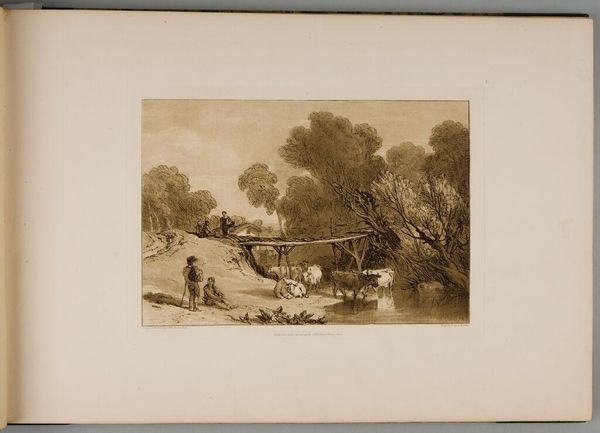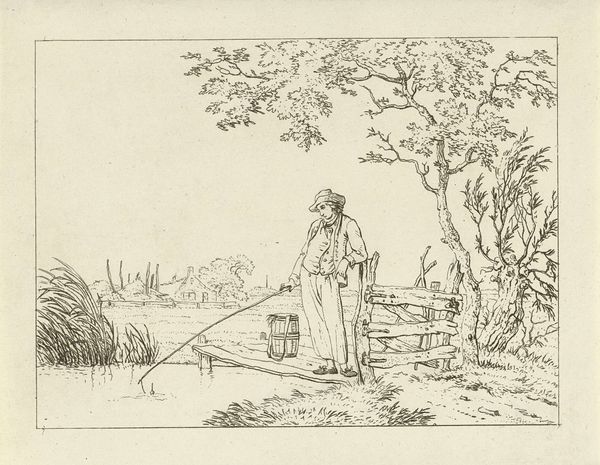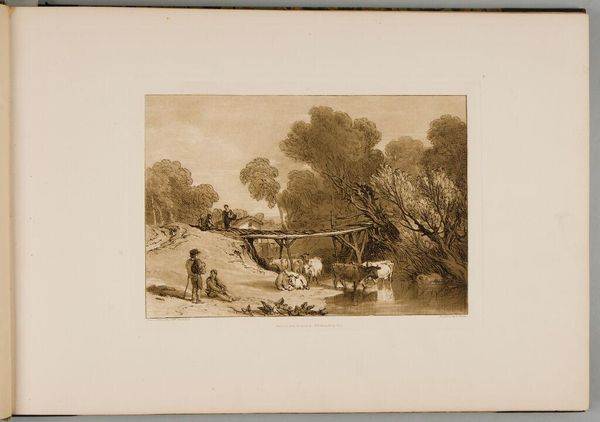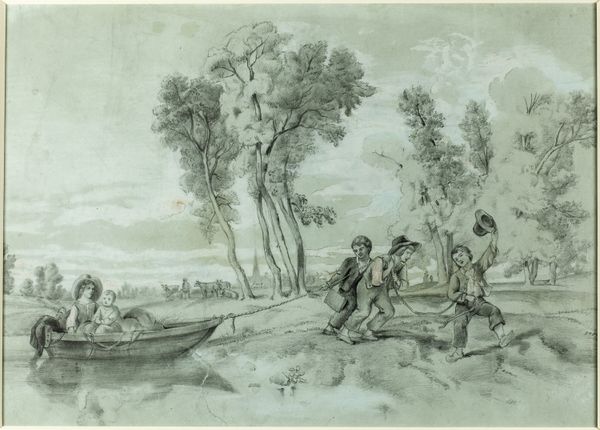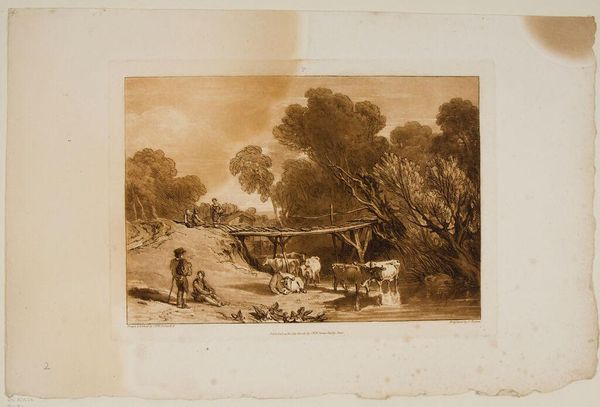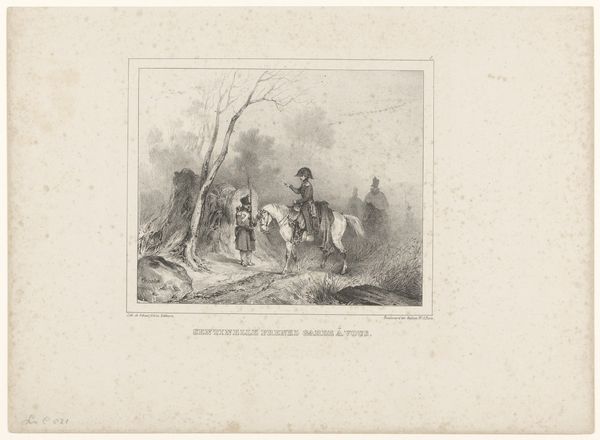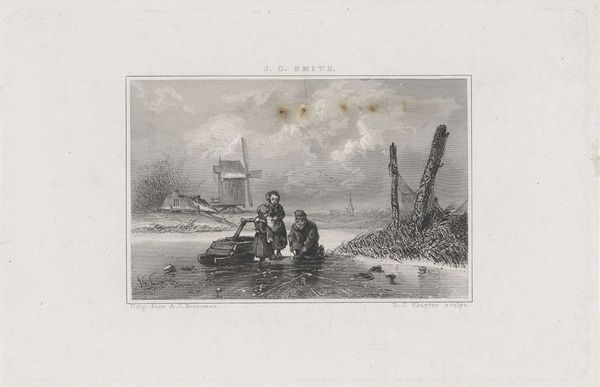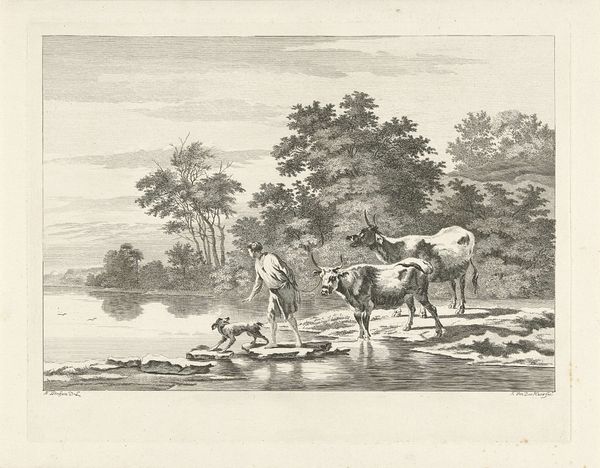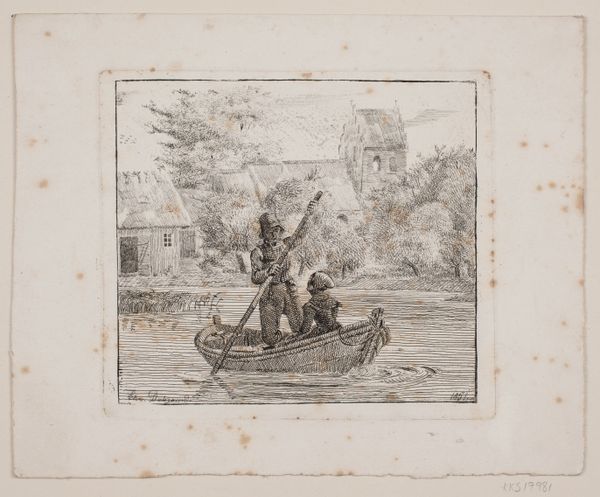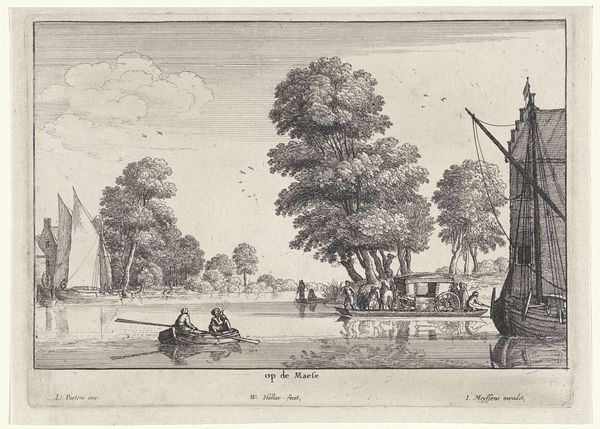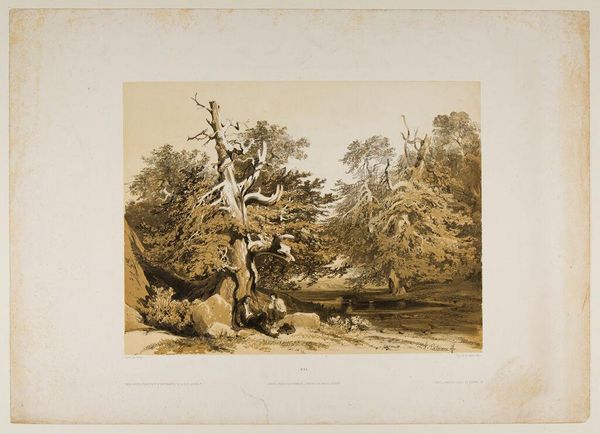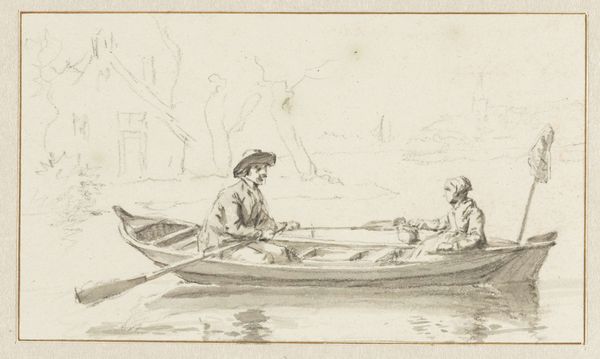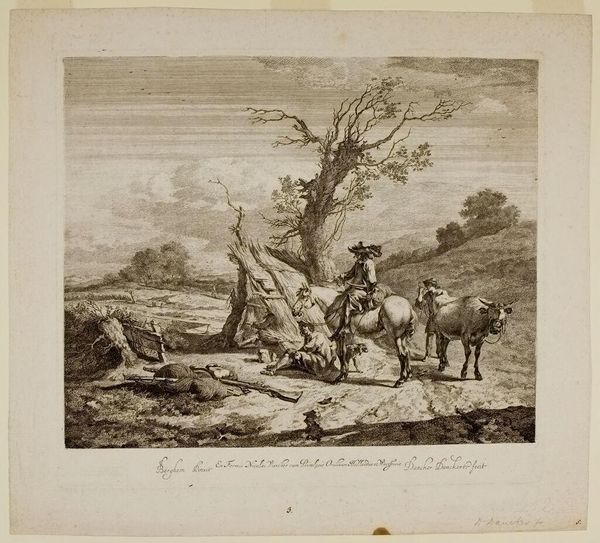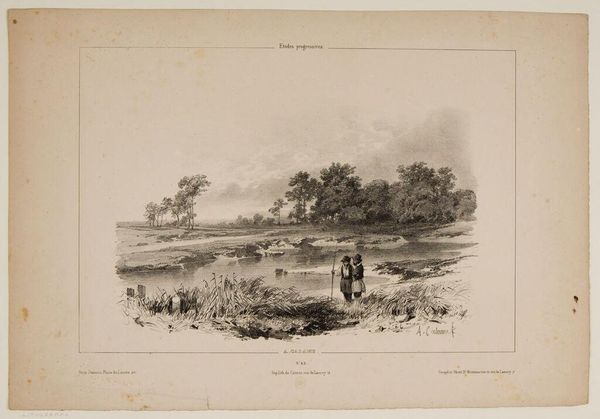
Copyright: CC0 1.0
Curator: This is Edmund William Evans's "Rustic Bridge," a delicate scene of childhood rendered on wood. What strikes you immediately? Editor: A certain bittersweet nostalgia. The children, the sketchy lines, the bridge itself—it all evokes a fleeting moment, a memory. Curator: Indeed. Evans's work often romanticized rural life. These images, printed on wood, were meant for mass consumption, shaping a specific idea of childhood innocence. Editor: And it taps into something deeper, doesn't it? Bridges are always symbolic—a crossing, a transition. Here, it's the unsteady path of youth. Curator: That’s a poignant reading. The image also highlights the evolving visual culture and the accessibility of art to a wider audience in that era. Editor: It's a narrative etched in miniature, full of resonant symbols. Curator: A reminder of the power of images to shape our collective understanding of history. Editor: And the enduring allure of simpler times, real or imagined.
Comments
No comments
Be the first to comment and join the conversation on the ultimate creative platform.
